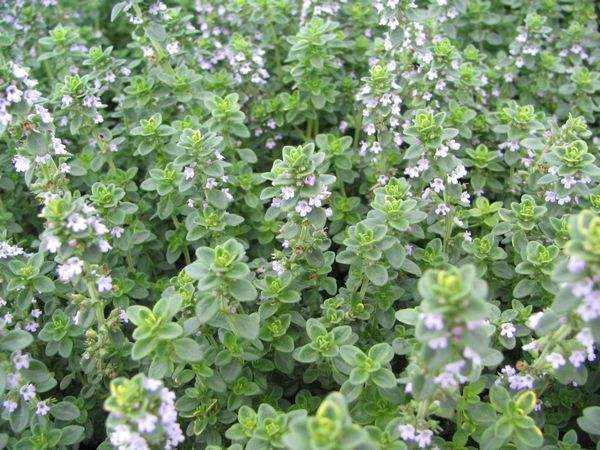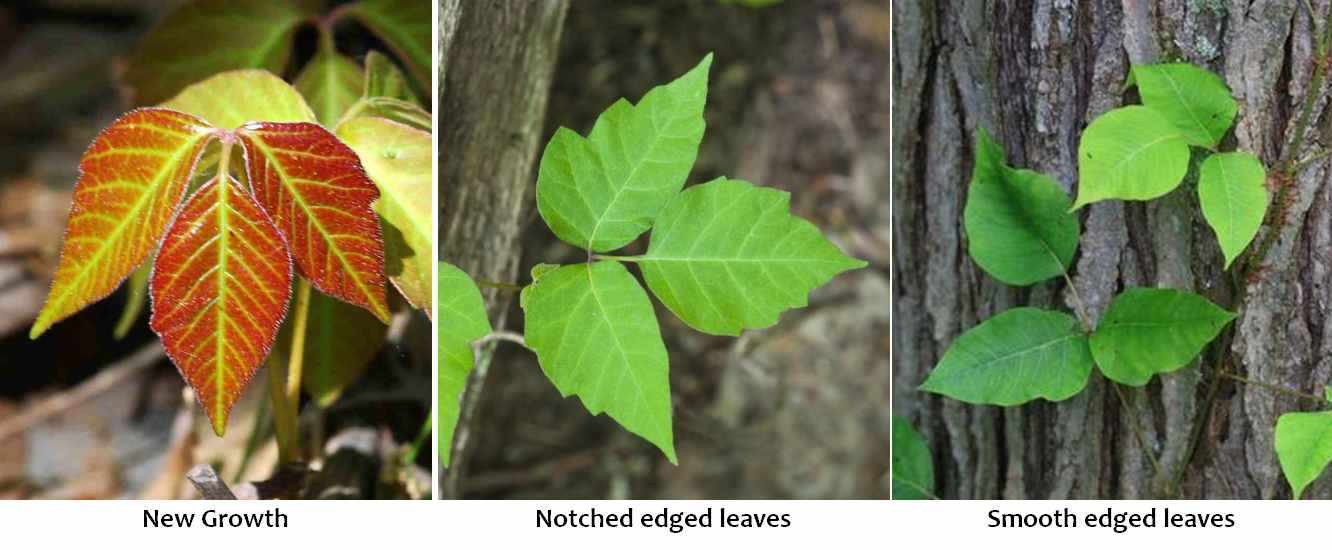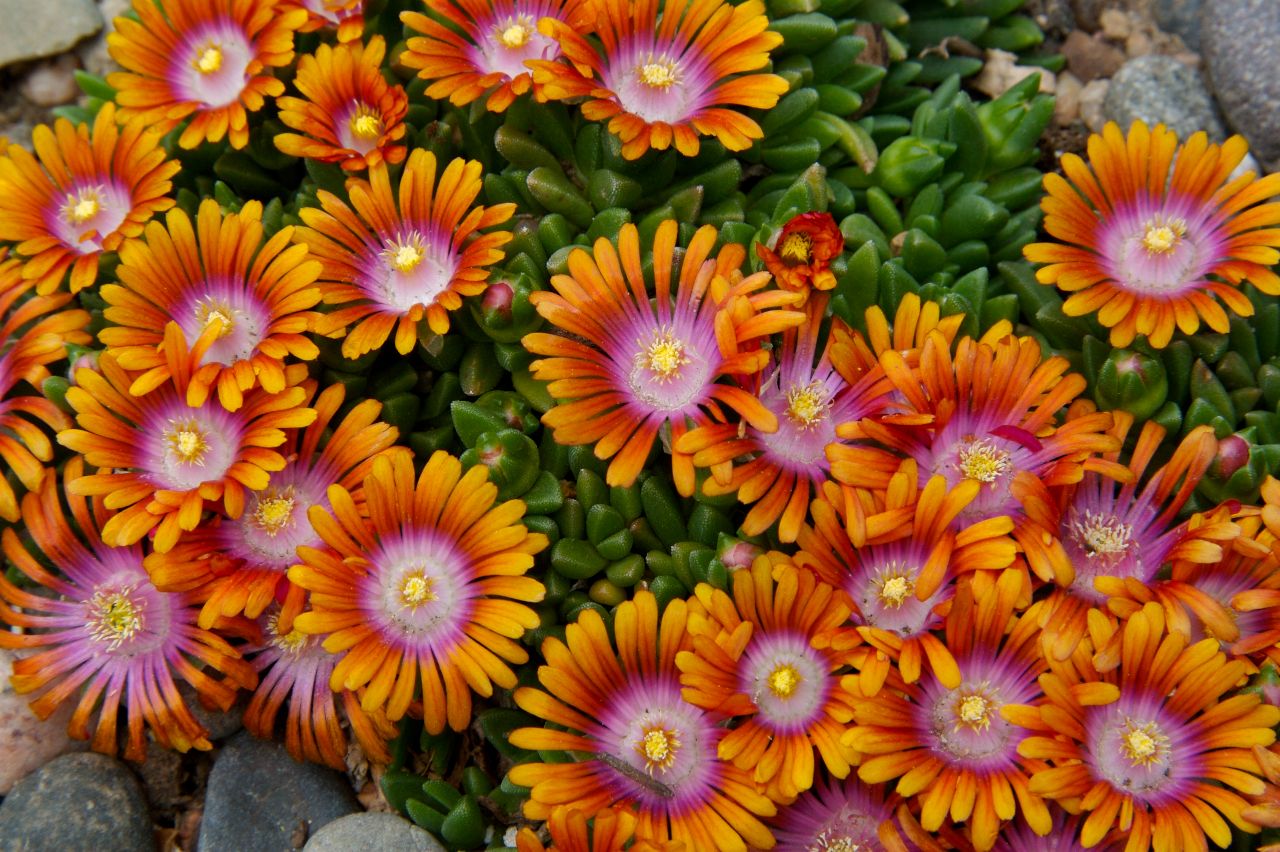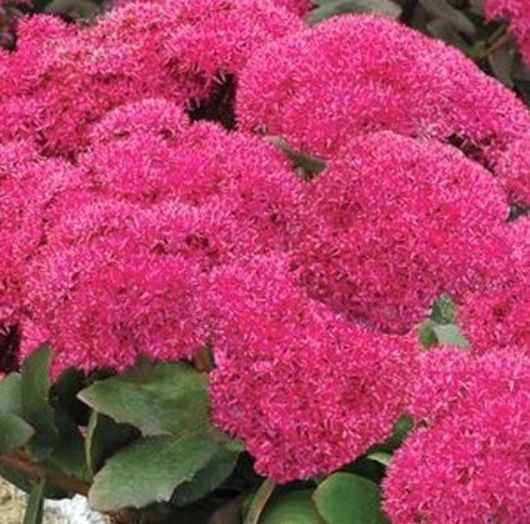When you think of Oregano, you probably think of pizza or some other type of casserole or Italian Food but did you now that it is also a tough perennial?
You could even use it in your lawn instead of grass. It looks lovely when it’s mowed and kept short and it smells amazing when you mow it or walk on it.
Of course, you will need to keep a patch somewhere that grows tall so you will always have some fresh leaves for cooking. Just don’t let it go to flower until you’re done picking it for cooking as it will affect the flavor.
Without mowing, it will grow up to two feet tall. Keeping it short eliminated the tall stems that would make it uncomfortable for bare feet.
Toward the end of the season, let a bit go to seed to keep a dense patch of plants.
It loves sun and can be grown from seed or rooted cuttings. Don’t overwater oregano or it will get root rot.
The leaves are easy to dry. Just cut and spread out on a screen or dry surface until you can strip the leaves from the stems. Oregano – especially oregano oil – is a natural anti-bacterial agent but can cause chemical burns if it is too strong or too much is used.
Enjoy this useful plant in your garden or in a flower pot.













